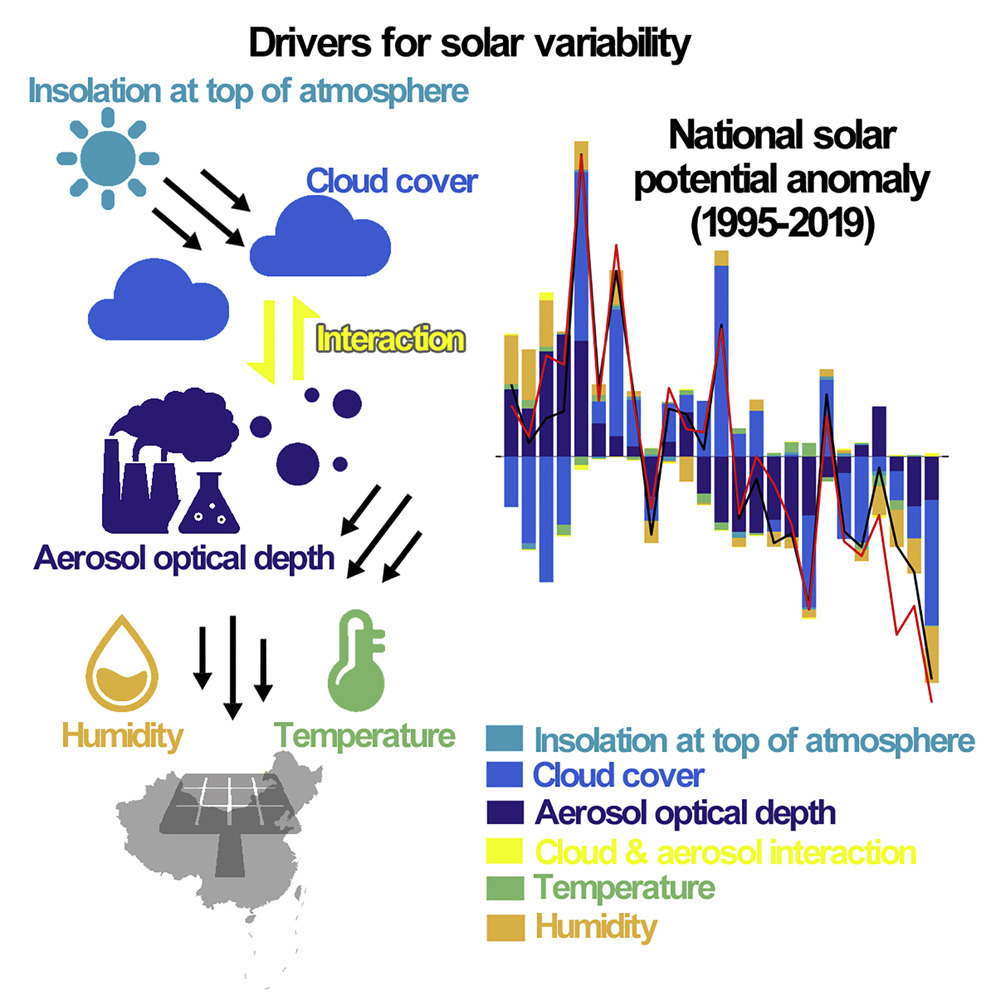Elsevier,
Junyu Zhang, Dafang Fu, Chris Zevenbergen, Moving Towards Water Sensitive Cities: A Planning Framework, Underlying Principles, and Technologies—Case Study Kunshan Sponge City, Encyclopedia of Inland Waters (Second Edition), Elsevier, 2022, Pages 399-416, ISBN 9780128220412
This chapter advances SDG 6, 11 and 12 by highlighting the typical water-related features of an urbanizing polder, and its transformation into a water sensitive or “Sponge City”. Recent experiences in Kunshan city, China, are used as an example.
In this review paper, we highlight the health implications associated with climate change in Afghanistan and discuss preventive measures to tackle the climate-associated adverse health conditions in the future.
Neurobiology of Brain Disorders (Second Edition), Biological Basis of Neurological and Psychiatric Disorders, 2022, Pages 313-336
This book chapter advances SDG #3 and #10 by reviewing several key topics that influence our understanding of pathogenic mechanisms and lead to the identification of novel therapeutic strategies. These include the diagnostic spectrum of MCI and AD, genetic risk alleles associated with late-onset AD, structures of gamma-secretase and tau, imaging and fluid biomarkers, the role of microglia and neuroinflammation, and novel animal models of AD.
Elsevier,
Pandemic Risk, Response, and Resilience: COVID-19 Responses in Cities Around the World, 2022, Pages 207-217
This chapter advances Goals 16, 10, and 3 by assessing the livelihoods of the Rohingya refugees in Bangladesh with particular reference to the 2020 pandemic and discussing the growing tension between the refugees and the local Bangladeshis.
This Article supports SDG 3 by describing a causal association between HBV infection and extrahepatic cancers in individuals of East Asian ancestry, suggesting this may have implications for cancer screening in patients with chronic HBV infection.
The findings in this paper suggest that both supply- and demand-side solutions are needed to improve HMG (health mothers’ group) performance and uptake in Nepal. These solutions need to include improving FCHV (female community health volunteer) skills and motivating them to provide high-quality HMG services, as well as encouraging family members to support women so that they have time to participate in the HMGs.
This paper's findings highlight various facilitators and barriers that need to be given special attention during the design and implementation phases of PDH (Positive Deviance/Hearth) and PDH-IVC (Positive Deviance/Hearth-Interactive Voice Calling program). The mental health, time, and resource constraints of elderly caregivers should also be addressed for a context like Cambodia when implementing child-focused health and nutrition programs.
Background: Community participation has the potential to improve the effects of interventions and reduce inequalities in child growth. Multidimensional indicators capture such effects and inequalities. Objectives: The objective of this study was to measure the association between multidimensional child growth and community participation in 2 nutrition-sensitive interventions. Methods: A Multidimensional Index of Child Growth was calculated with the 5-y-old cohort of the Vietnam Young Lives Survey.
An Article in support of SDGs 3 and 13, investigating the effect of climate change on malaria transmission across different geographical regions

